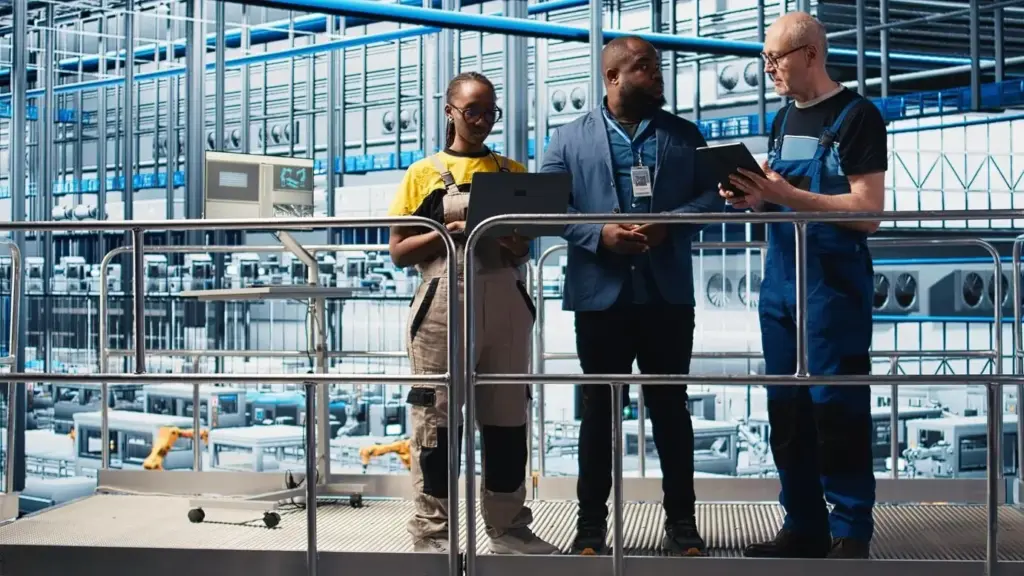
Powering Homes with Smarter Solar Choices

Module-level AC Conversion
With microinverters mounted behind each panel, DC is converted to grid-synchronized AC right on the roof. This isolates modules electrically, limits high-voltage DC runs, and enables detailed per-panel optimization. Many homeowners appreciate improved shade tolerance and granular monitoring, though rooftop electronics density can affect service logistics and long-term exposure considerations.
High-voltage DC with Central Inversion
String inverters collect DC from series-connected modules, then convert it to AC at a central unit. This reduces rooftop electronics, simplifies replacements, and can lower upfront cost. However, high-voltage DC conductors require careful design, and array performance can be influenced by the weakest module unless additional electronics mitigate mismatch losses.
Hybrid and Split Strategies
Some projects blend approaches, placing module-level power electronics only where shade or complex geometry demands them, while leaving simpler strings on unshaded planes. This targeted optimization balances cost, performance, and maintenance. The right mix depends on roof diversity, homeowner risk tolerance, installer familiarity, and the utility’s interconnection and rapid shutdown requirements.
Real-World Performance When Roofs Get Complicated
Mismatch and Partial Shading Behavior
When a few modules underperform due to shade, debris, or aging, microinverters isolate the impact largely to affected panels. Traditional strings can see disproportionate losses as current is limited by weaker modules. Module-level power electronics or parallel string design can mitigate this, but careful shade analysis and layout tuning remain essential.
Angles, Azimuths, and Roof Geometry
Mixed orientations complicate maximum power point tracking. Module-level conversion lets each panel operate at its own optimum, benefiting east-west and multi-tilt arrays. Central inverters handle variation less precisely unless assisted by power optimizers. Thoughtful stringing, plane grouping, and inverter MPPT input allocation can significantly narrow the performance gap in practice.
Seasonality, Soiling, and Snow
Seasonal sun angles, pollen, dust, and snow drift create uneven module output. Per-panel inversion can capture production from cleared or cleaner modules sooner, while a shaded module in a string may hold others back. Proactive maintenance plans, snow guards, and tilt-aware cleaning strategies improve either architecture’s yield and reduce unexpected seasonal disappointments.
Reliability, Warranties, and Service Over Decades

Electronics Living on the Roof
Microinverters place active electronics beneath panels, exposing them to heat cycling, moisture, and daily thermal gradients. Vendors counter with potting, conformal coatings, and long warranties. Consider roof access constraints, mounting hardware, and replacement logistics. A module-level failure may be localized, but it requires a technician to reach the affected specific panel position.
Ground-level Central Unit Considerations
Microinverters place active electronics beneath panels, exposing them to heat cycling, moisture, and daily thermal gradients. Vendors counter with potting, conformal coatings, and long warranties. Consider roof access constraints, mounting hardware, and replacement logistics. A module-level failure may be localized, but it requires a technician to reach the affected specific panel position.
Warranty Fine Print and Claim Experience
Microinverters place active electronics beneath panels, exposing them to heat cycling, moisture, and daily thermal gradients. Vendors counter with potting, conformal coatings, and long warranties. Consider roof access constraints, mounting hardware, and replacement logistics. A module-level failure may be localized, but it requires a technician to reach the affected specific panel position.
Monitoring That Actually Helps Homeowners
Per-module Insight and Actionable Alerts
Microinverter platforms often provide maps showing each panel’s output, revealing the exact location of issues like foliage growth or bird nests. The value lies in turning that insight into action: clear guidance on next steps, safe procedures, and escalation paths that homeowners and installers can follow without confusion or delay.
Separating Signal from Monitoring Noise
Too many alerts quickly get ignored. Calibrate thresholds so routine variability does not trigger constant warnings. Prefer trend views and seasonally adjusted baselines that uncover genuine deterioration. Good tools highlight cost impact and urgency, helping owners decide whether to act now, schedule service later, or simply keep watching key indicators.
Connectivity, Privacy, and Resilience
Monitoring depends on reliable networking. Plan for Wi‑Fi changes, ISP outages, and router replacements by documenting procedures and using Ethernet, cellular, or powerline backups where feasible. Ensure data privacy, strong passwords, and firmware updates. A resilient monitoring setup preserves visibility during storms when homeowners most want reassurance and clarity.
Rapid Shutdown and Evolving Standards
Arc-fault Mitigation and Conductor Management


Costs That Matter Beyond the Sticker Price
Future-Proofing for Batteries and Smart Homes
All Rights Reserved.